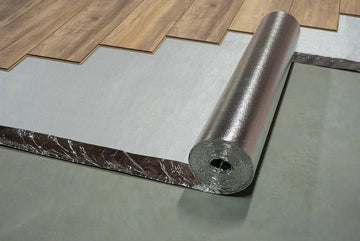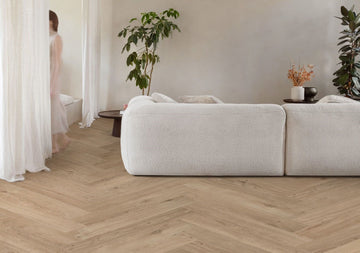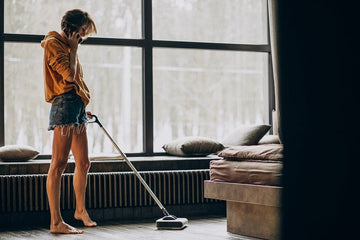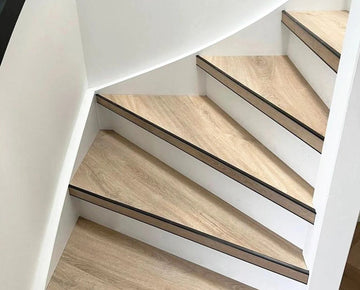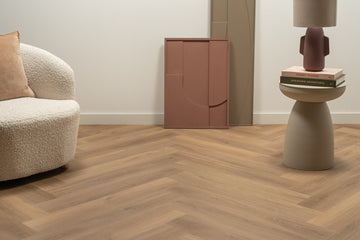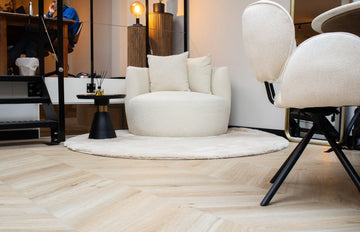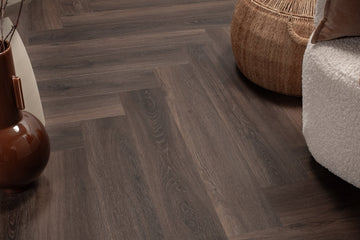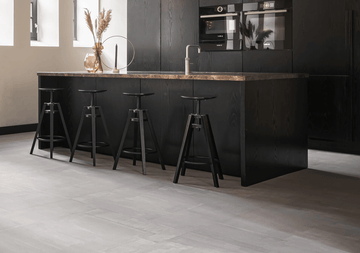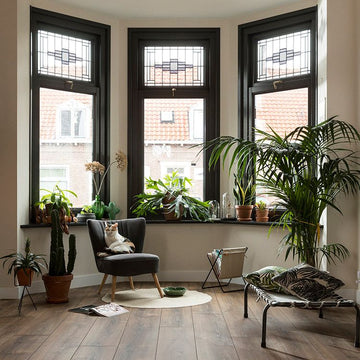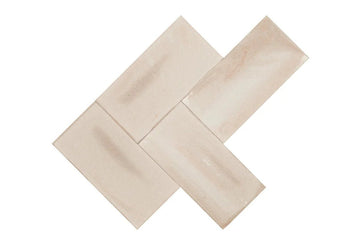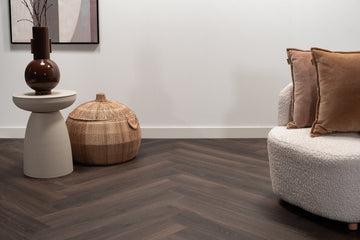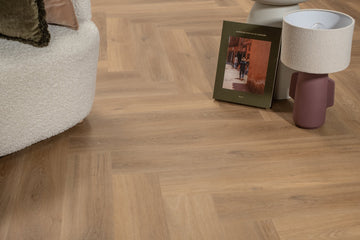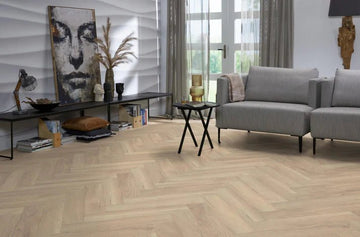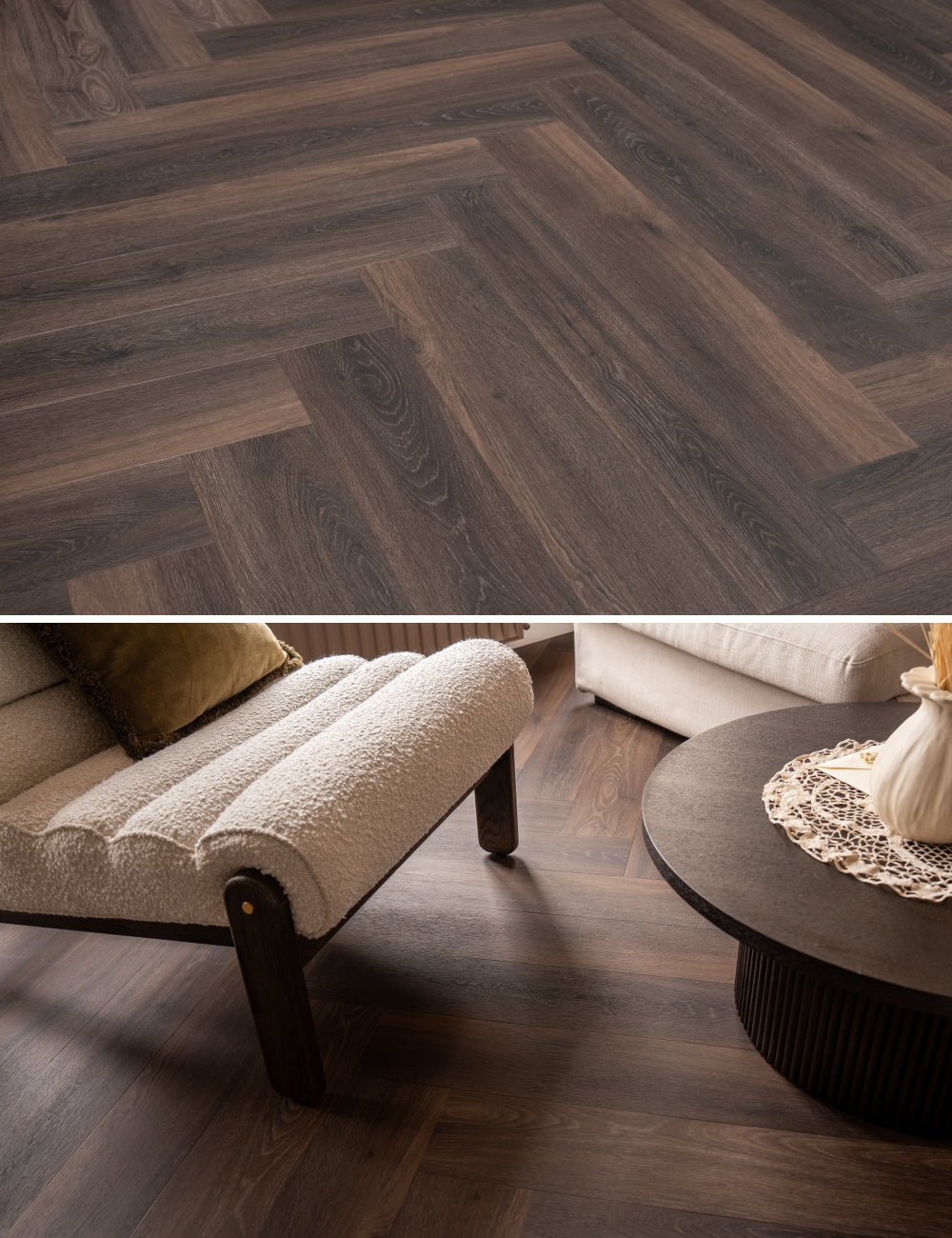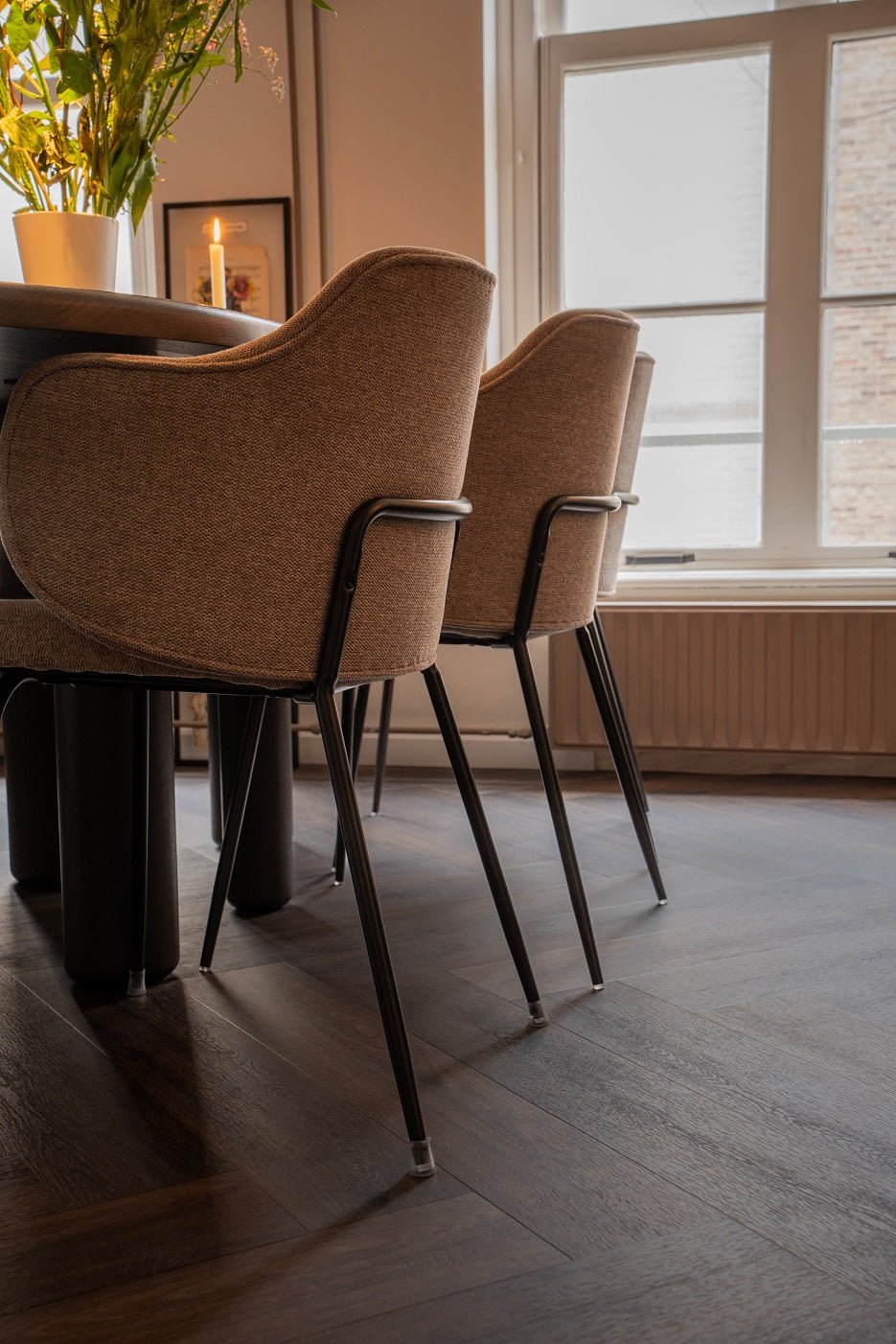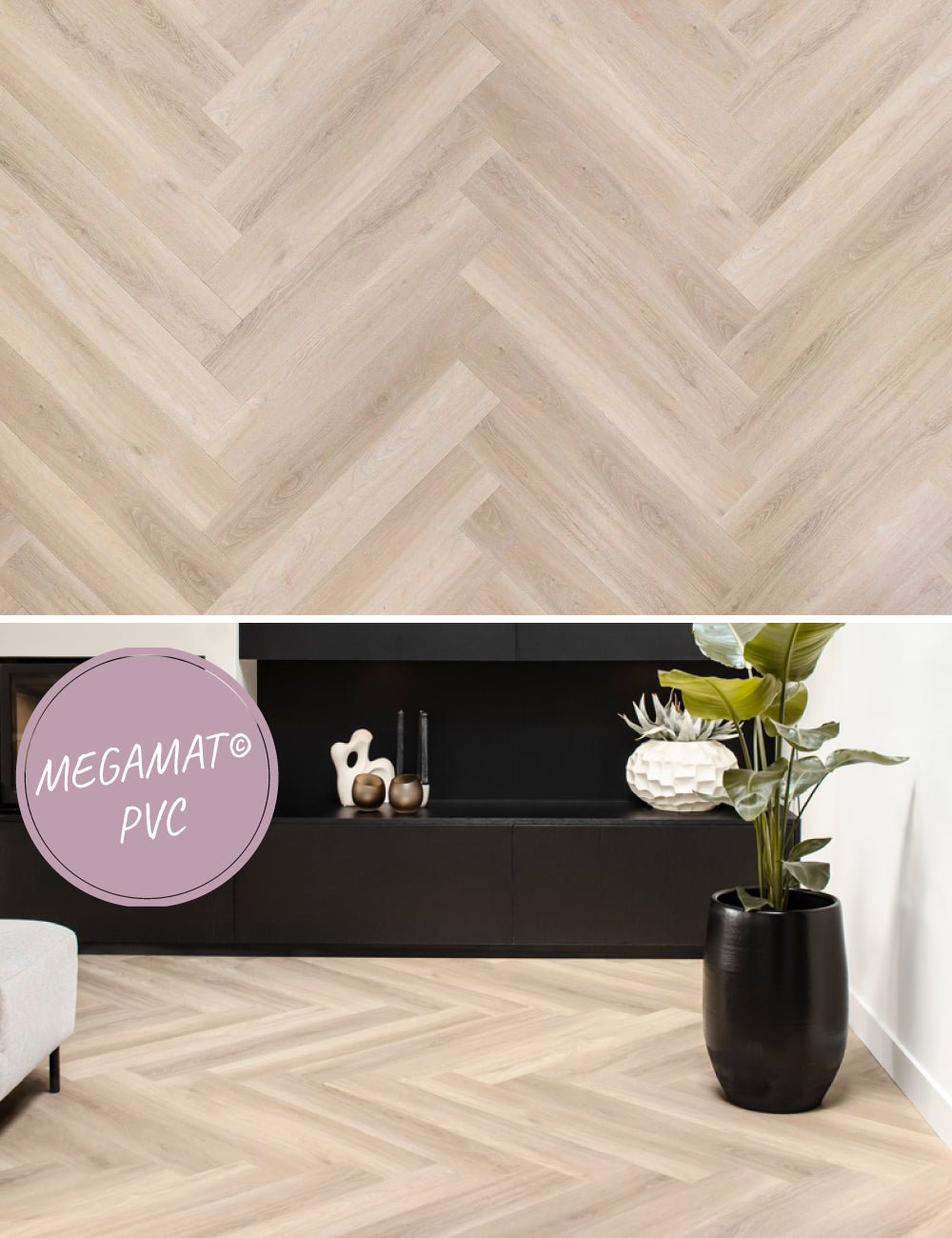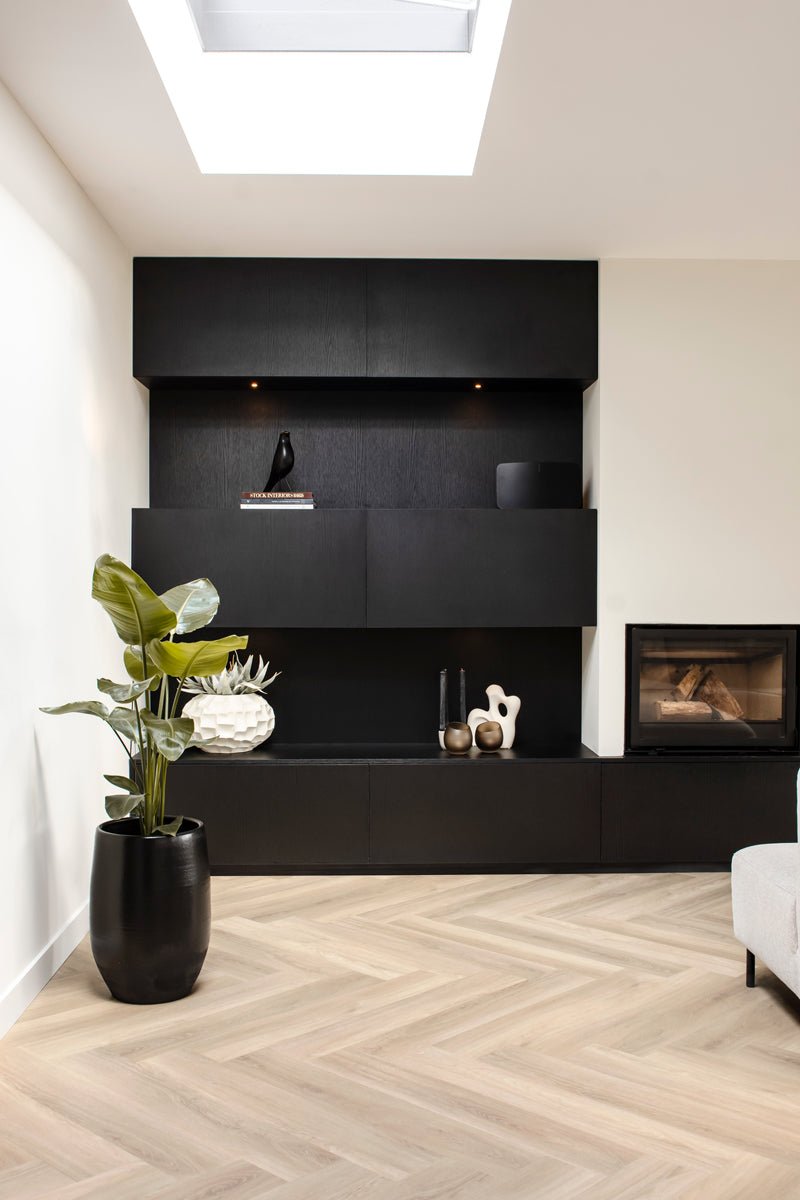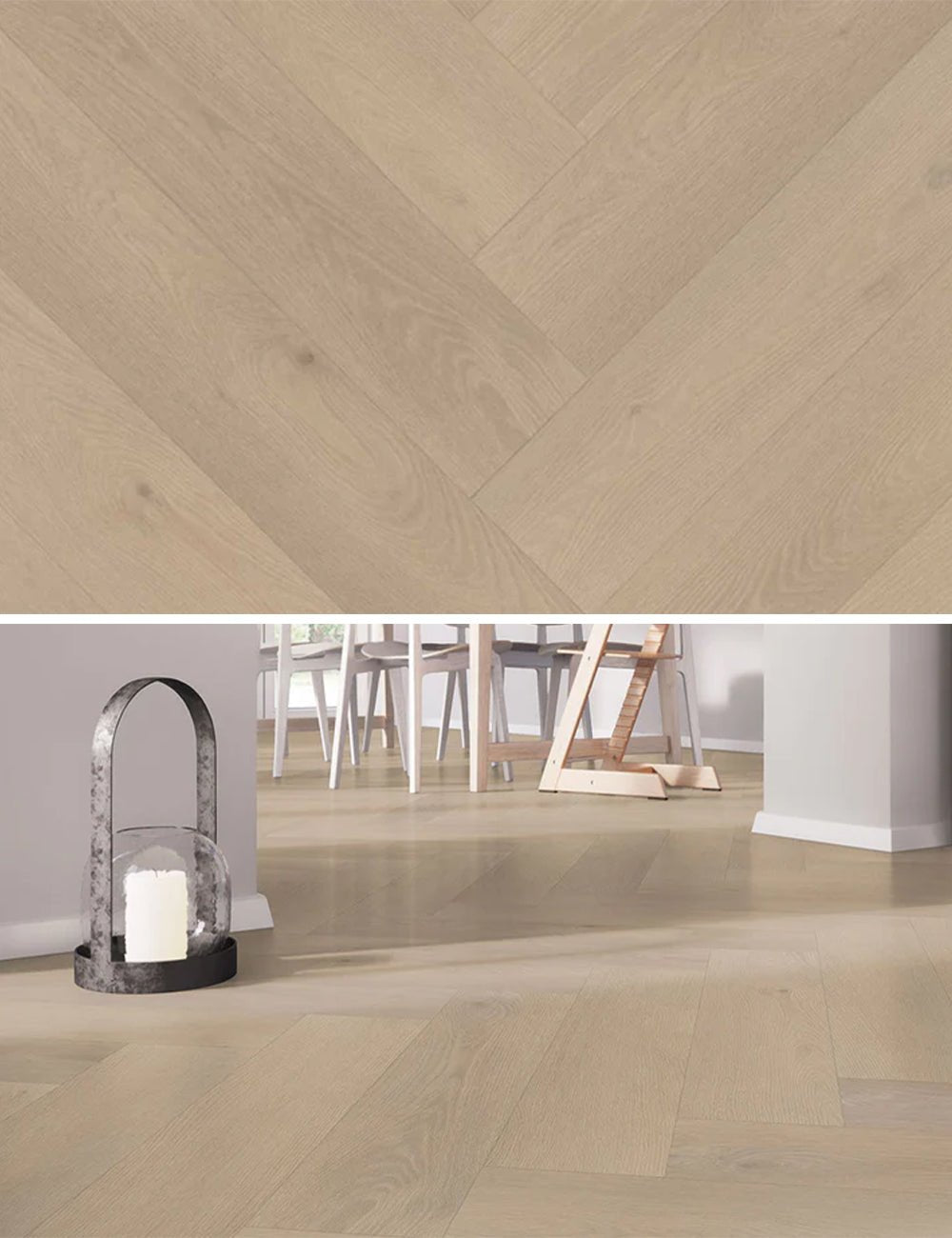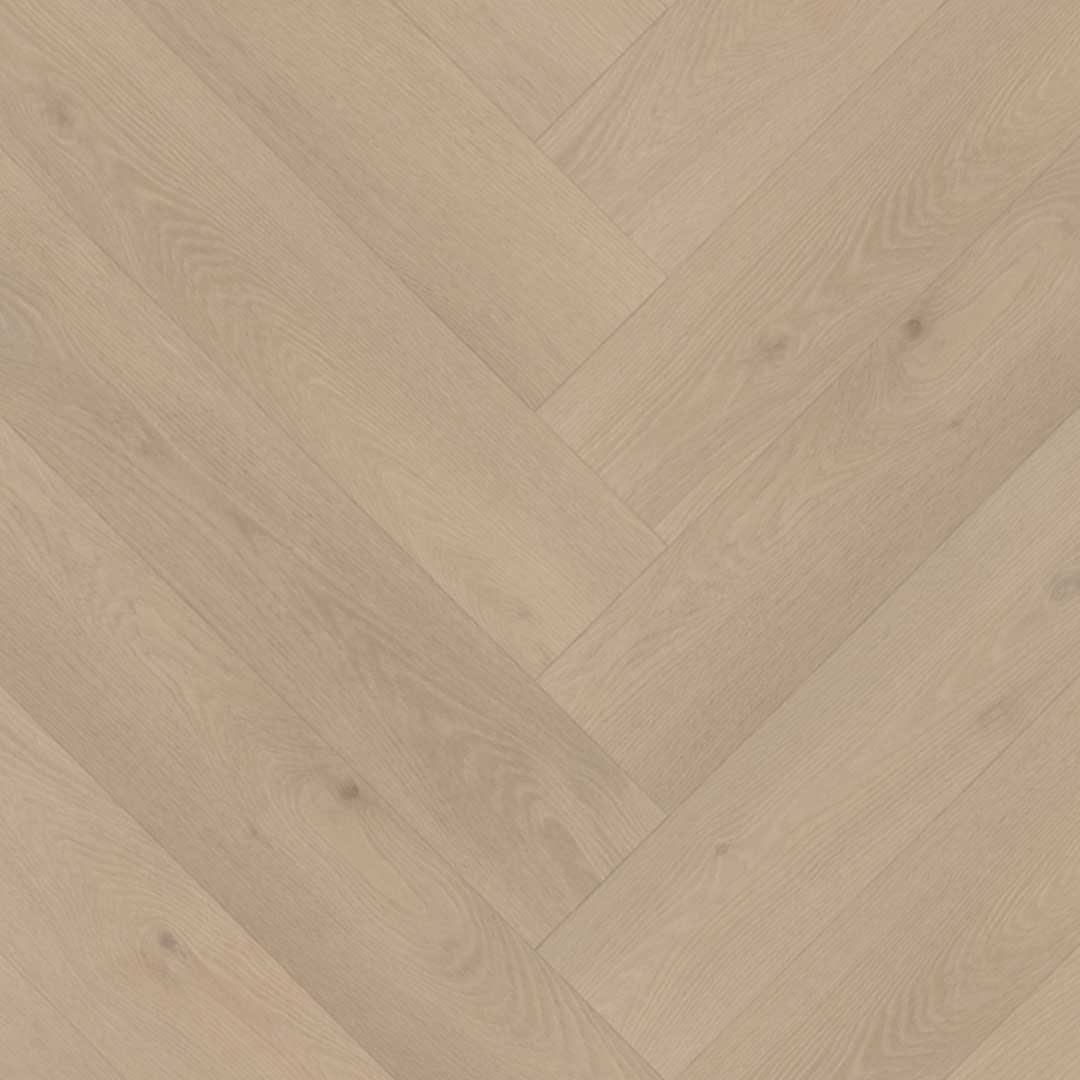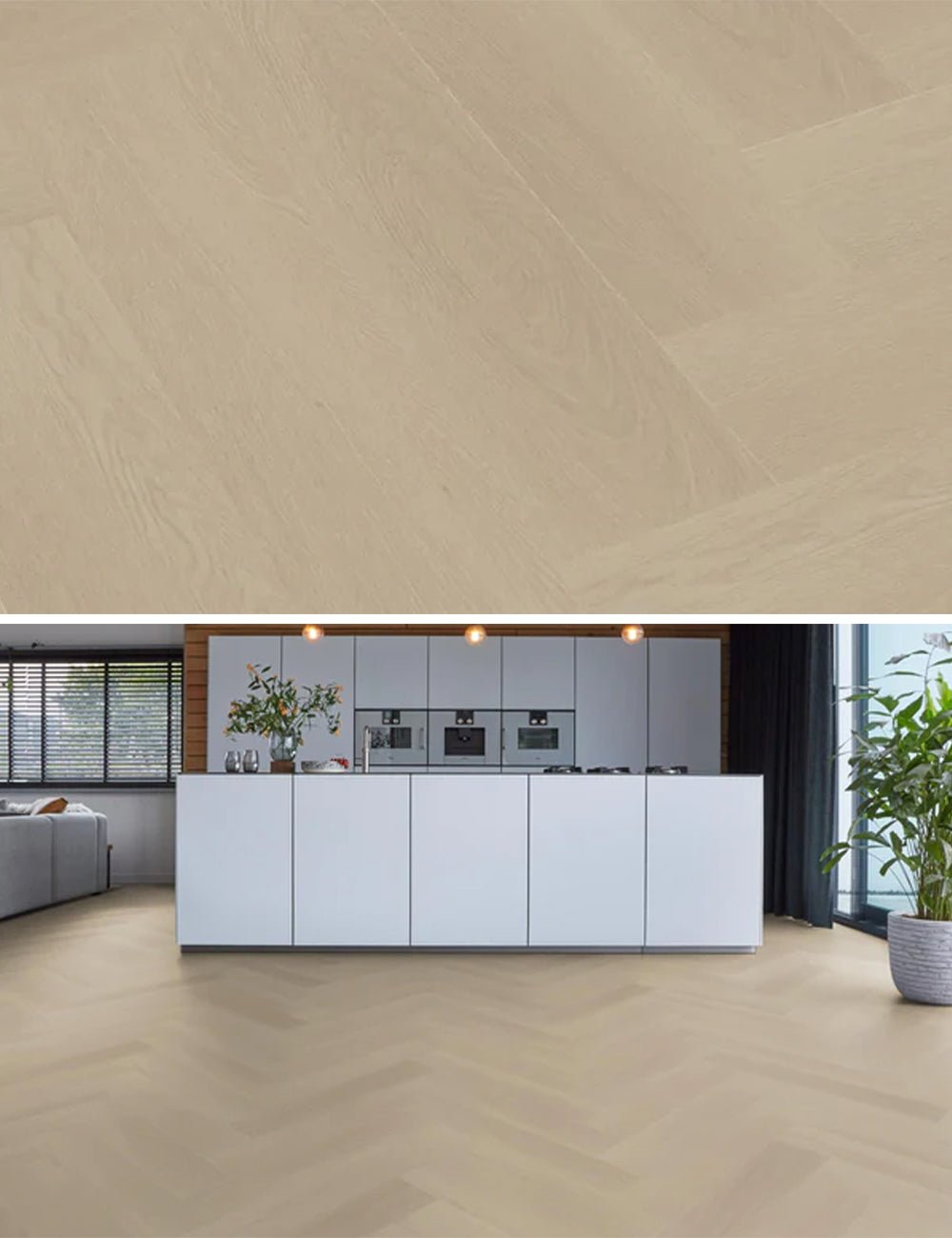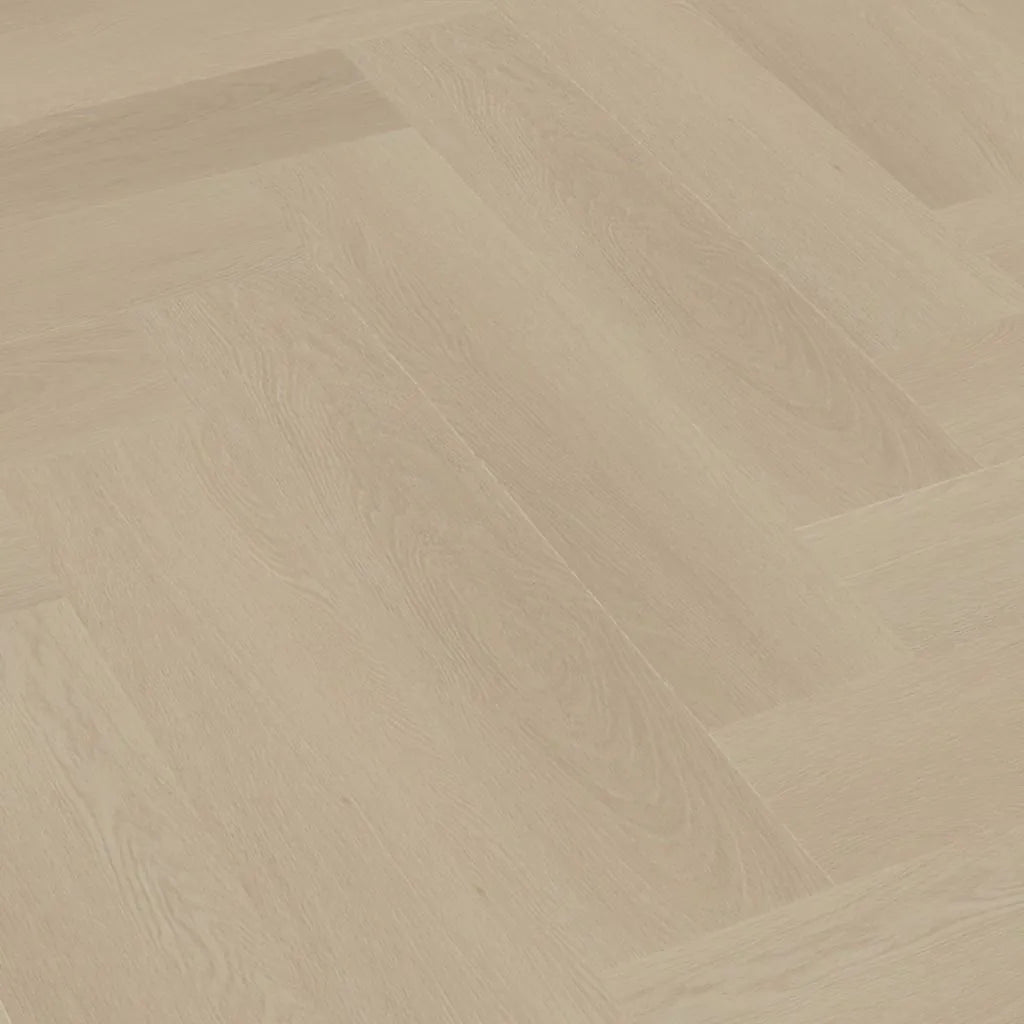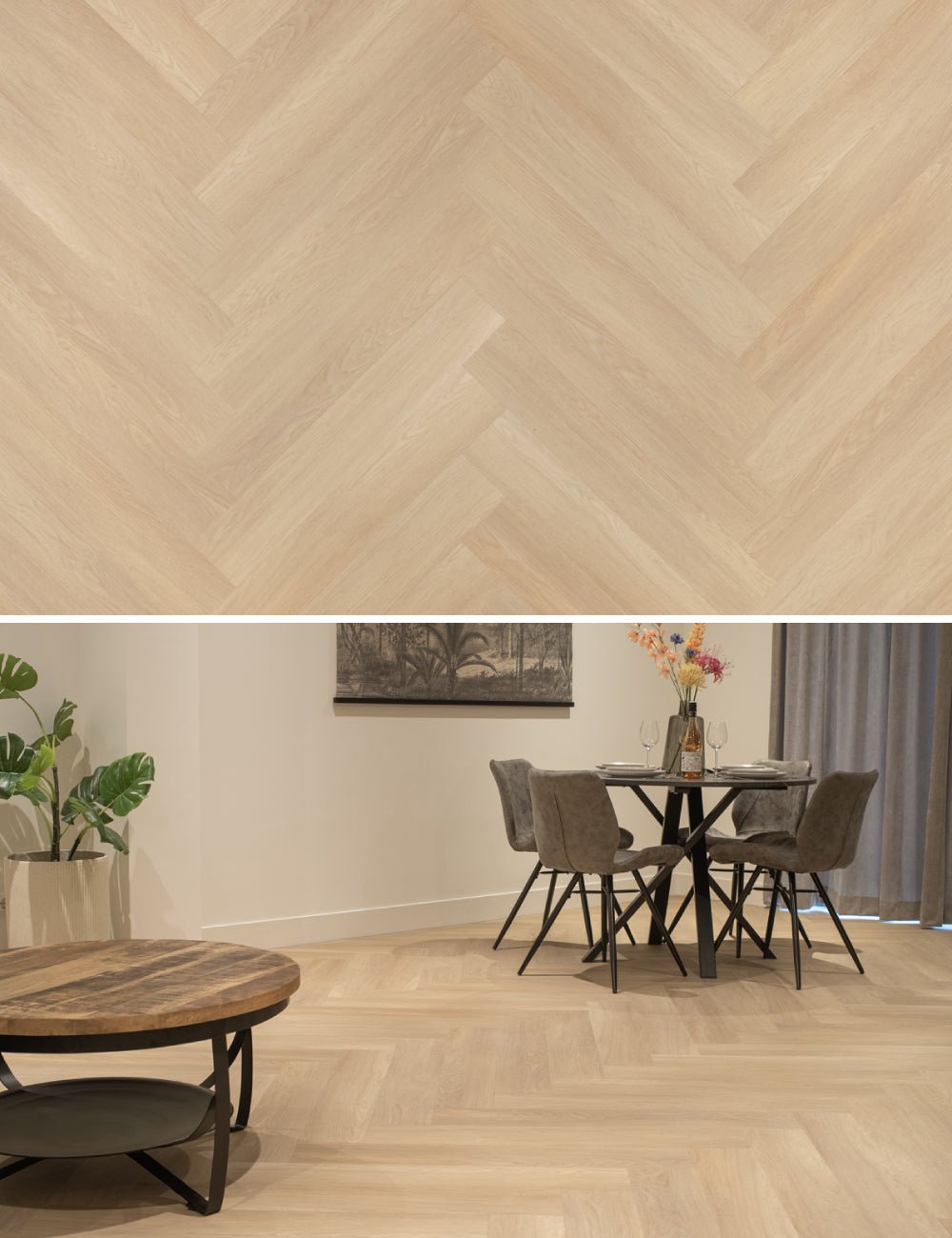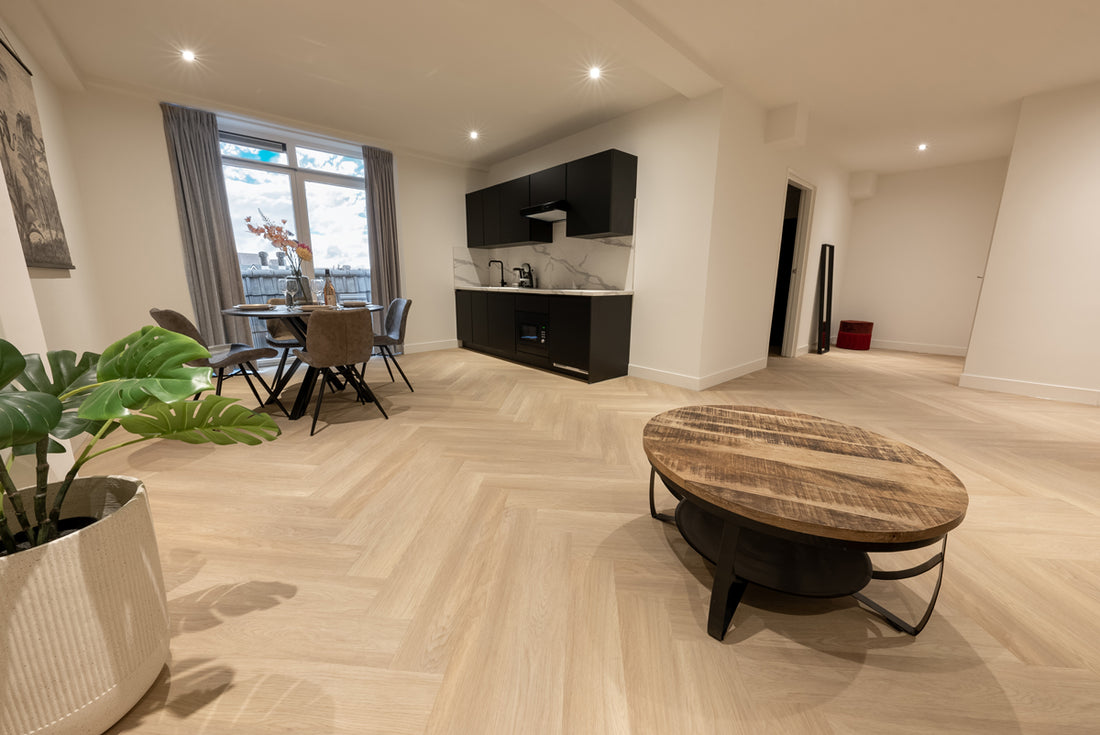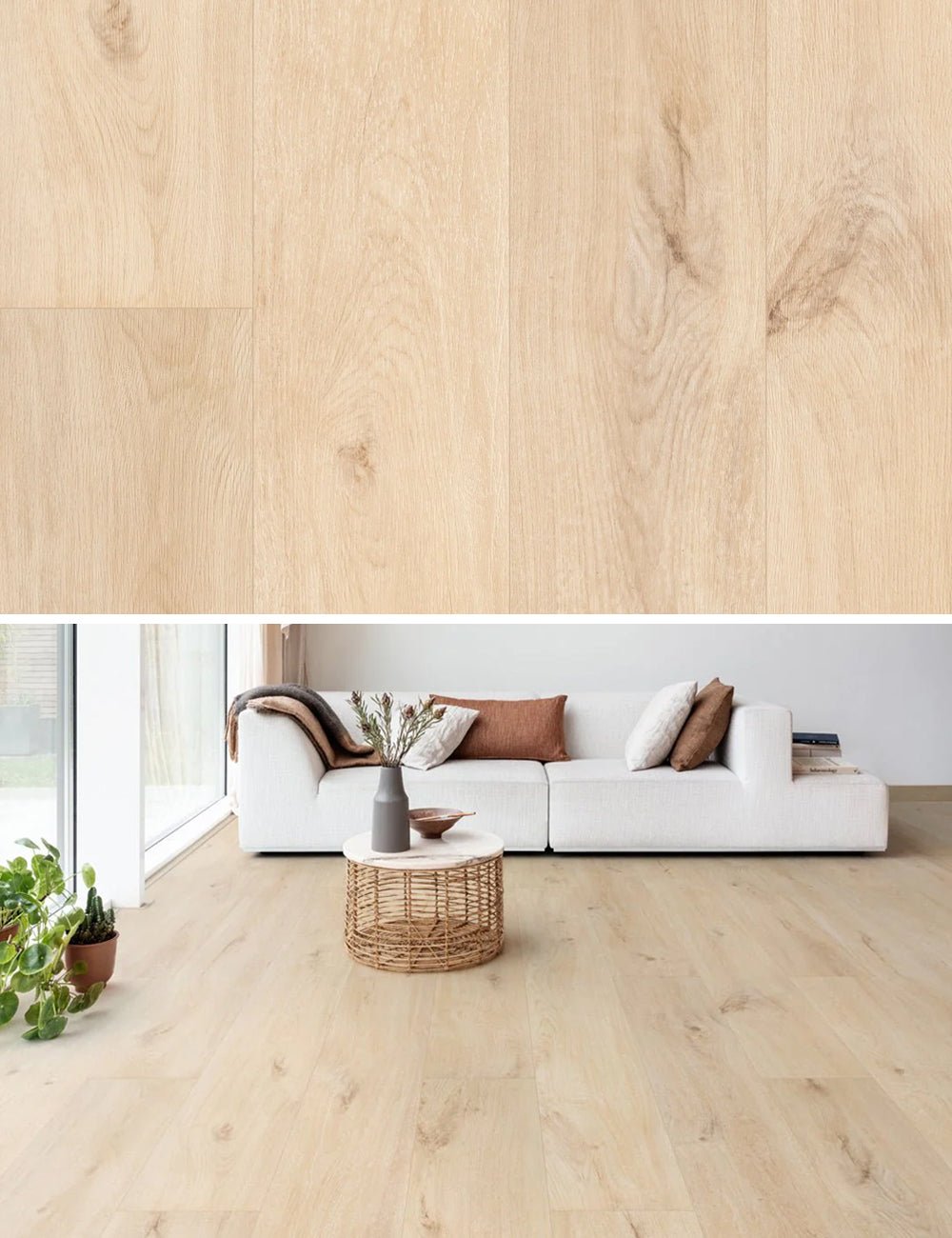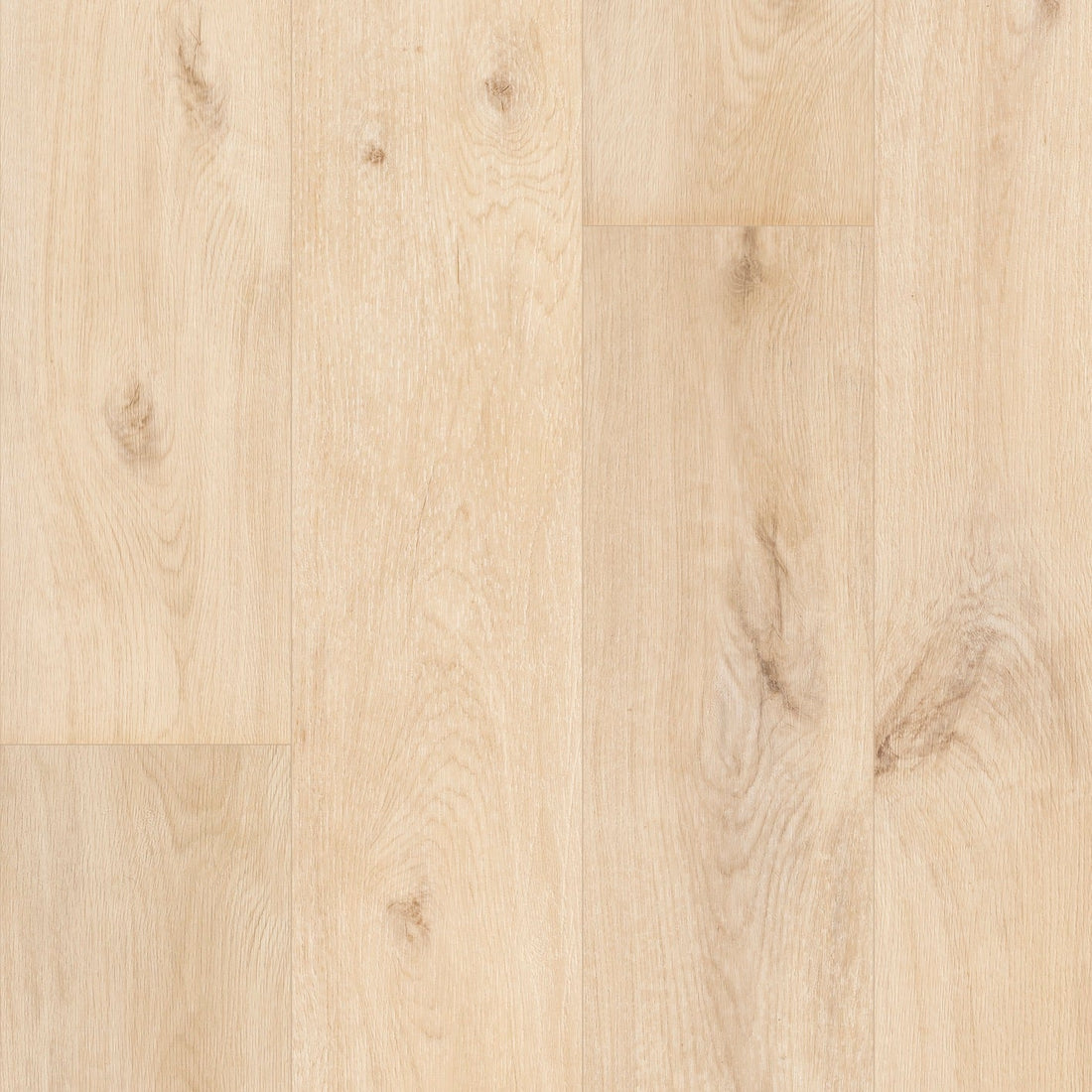Not everyone buys a floor for his or her home, office or shop every day and therefore it is generally only wise to delve into this as well as possible. One of the elements to delve into is the type of subfloor that you can best combine with your specific situation. Fortunately, our experts have already dived in for you and wrote this handy guide about this. Which subfloor do you need? You'll know after reading this blog. Can't quite figure it out? No problem! Feel free to contact or visit our showroom. We are happy to help you.
Why is a subfloor important?
To begin with, it is useful to take a look at why a subfloor is actually so important, or rather; Why it is necessary when laying a floor. A subfloor has, without everyone knowing, a large number of functions and advantages. One of these functions is to reinforce the floor that will be placed on the subfloor. Not only will the subfloor ensure that this floor stays in place better. Any sensitive points, such as the click connection, are also additionally supported by the subfloor. The subfloor also offers the floor at the bottom a bit of extra protection. Think, for example, of small irregularities that would normally directly damage the floor. These "blows" are now absorbed by the subfloor. In addition, a subfloor has a number of practical advantages. For example, a subfloor generally ensures, but especially when you choose a special subfloor for this, that a lot less noise is produced by the floor. At the same time, the subfloor is a piece of extra insulation for your home and is also an extra way to block any moisture. So only benefits!
Which subfloor for Click PVC?
We regularly see the question whether a subfloor is really necessary with a Click PVC floor. The answer to this question is simple: YES. A Click PVC floor cannot do without a subfloor, simply because something is needed that absorbs the blows for this floor without damaging the floor. However, it is not recommended to opt for a soft subfloor. This is because a soft subfloor will create suspension and this does not benefit the connections between the Click PVC boards. So some back pressure is needed to counteract this suspension. For this reason, several of our brands, including Floer, have developed a special subfloor for Click PVC floors. On this page we have already collected all subfloors suitable for Click PVC for you. In the video below, Floer would like to tell you a little more about these types of subfloors.
What subfloor for laminate
With laminate, there are other aspects that you should keep in mind than, for example, when choosing a subfloor for PVC or Parquet. With laminate floors, for example, the compressive strength is not that important because the floors are generally relatively light on their own. With laminate you mainly have to take into account whether the floor will be laid on an underfloor heating, in this case it is necessary that the heat resistance is as low as possible and that the subfloor is suitable for this. In addition, it may be desirable to waterproof a laminate floor. Also take this into account when choosing the subfloor, because not every subfloor can withstand water. Also, with laminate it is probably desirable to take the sound into account. With laminate, we can divide the sound into two types. Namely the walking sound, also called click-scratch sound, or the sound for the neighbors below. Do you live in an apartment or in an upstairs apartment? Then it is nice for the neighbors below to opt for a 10db noise reducing floor. However, nowadays you can also choose a subfloor that reduces the walking noise on a laminate floor. To give you an overall picture of the different subfloors for laminate, we have already collected them here.
Which subfloor for underfloor heating?
If you want to lay a floor in your home and install it on a floor that has underfloor heating, it is necessary to take this into account when choosing your new floor, but also when choosing the subfloor. Why? Because the subfloor, and also the floor, are in principle a disturbing factor for the underfloor heating. After all, the heat must first be able to pass through these elements before it reaches your feet in the house. It is therefore important to choose both a subfloor and floor that best let this heat through. Fortunately, a term has been coined for this, namely the heat resistance. The lower the heat resistance, the better the heat that your underfloor heating generates can penetrate the floor and subfloor. This ultimately saves you a lot less firing. When the heat resistance of a floor is on the high side, or perhaps too high, you have to use a lot of energy to get it warm in the house. So you can also see it as a kind of sustainability. At Solza.nl we have already collected the subfloors that are suitable for underfloor heating here for you. So easy!
Are you planning to buy a PVC floor in combination with underfloor heating? We wrote about this earlier; PVC floor and underfloor heating, does this go together?
Which subfloor for apartment or upstairs apartment?
Many apartments or upstairs apartments must meet certain conditions. In the Netherlands, this has been agreed with each other so that the neighbors below do not have to enjoy your dance moves or, for example, do not have to hear it when you go to get a drink in the kitchen. Of course, with this standard the floor will not be silent, but reducing noise is certainly possible. For apartments or upstairs apartments, we have Solza.nl special sound-absorbing subfloors in our range that have a 10db noise-reducing effect.
How to waterproof subfloor?
In some situations, it is also desirable to waterproof the subfloor. For example, you can think of an application of the floor in the kitchen or in the bathroom. If this is also the case in your case, it is first important to pay attention to the water resistance of the subfloor when choosing your subfloor. At Solza.nl we indicate this with each article. Is the subfloor water resistant? Then it is important to order special tape for sealing any cracks and seams between the pieces of subfloor and any walls. Do you seal all this neatly with specially intended tape? Then your subfloor is also waterproof. So easy!


